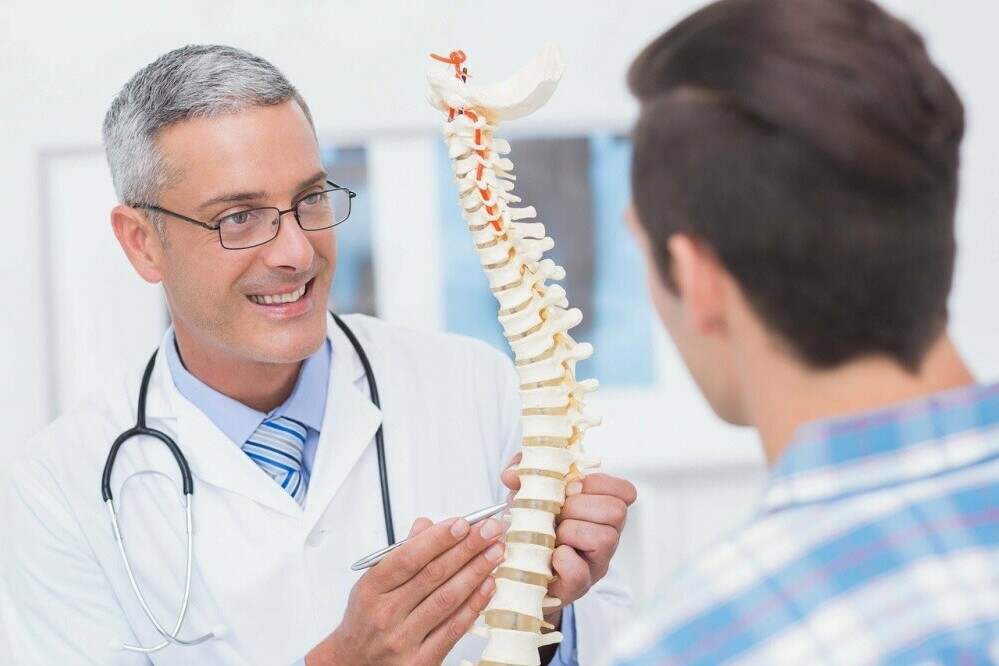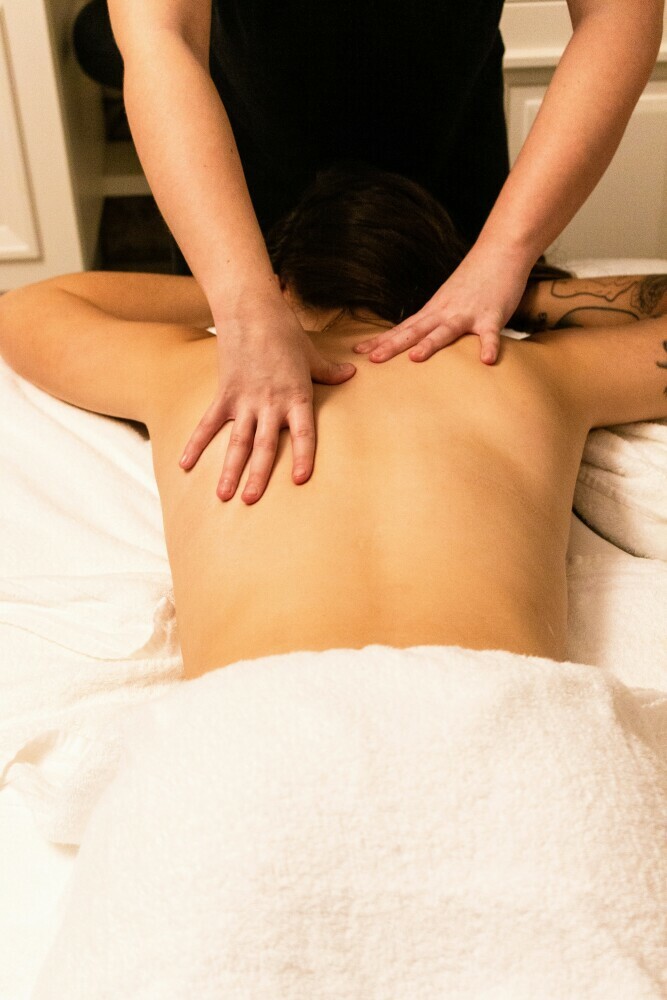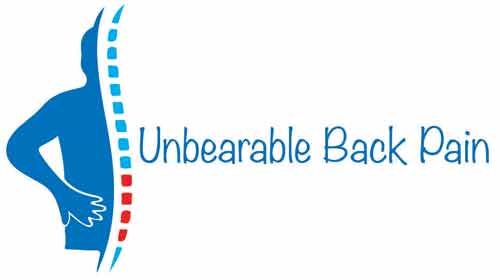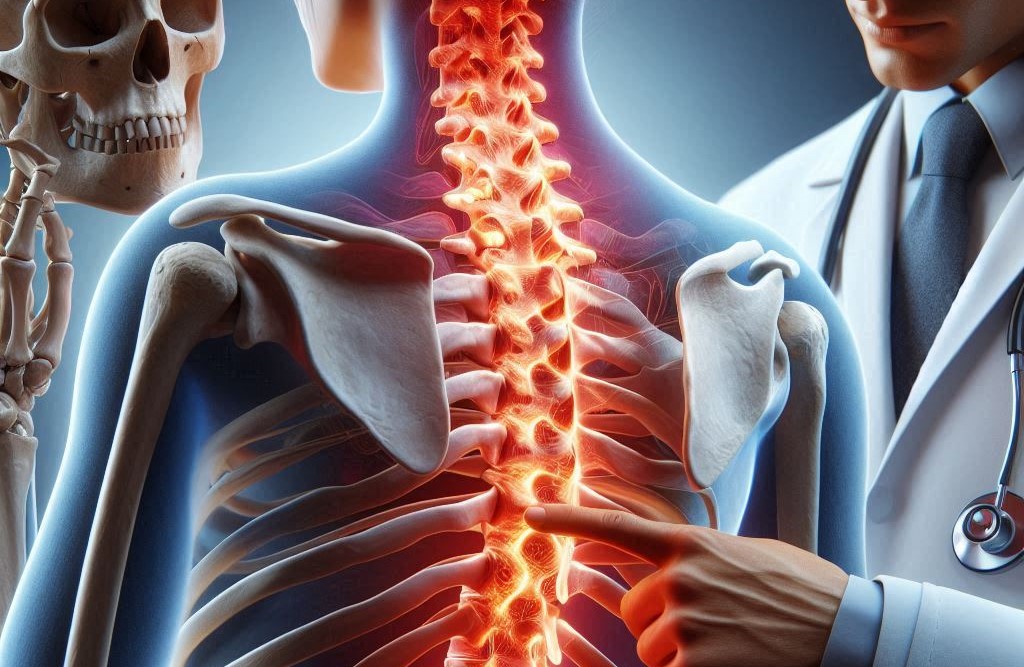
Degenerative disc disease refers to changes in spinal discs that occur as a natural part of aging or can be brought about by a nasty accident. One thing that must be made clear is that it’s not a conventional disease. The discs in your spine are cushion-like pads that sit between vertebrae to absorb shock and allow flexibility.
Imagine the spine as a stack of bones called vertebrae, with each bone cushioned by a disc. Over time, these discs can wear down, lose hydration, and become less effective at their job. This process can lead to discomfort and, in some cases, pain and mobility issues.
A crucial aspect of understanding degenerative disc disease is recognizing age-related changes. Everyone’s discs wear down over time; it’s a normal part of aging. However, not everyone will experience pain from this wear and tear. Several factors might influence the likelihood of developing pain, including genetics, smoking habits, physical activity levels, and stress brought about by your occupation.
In addition to natural aging, certain behaviors and conditions can accelerate the deterioration of discs. Obesity, repetitive physical activities, and poor posture may increase the risk of developing symptoms of degenerative disc disease earlier or more severely.

The Link Between Degenerative Disc Disease and Low Back Pain
Degenerative disc disease (DDD) is a common cause of chronic low back pain. Although it sounds severe, it’s a natural part of aging. Your spinal discs act as shock absorbers between the vertebrae. As you age, these discs can wear down, lose flexibility, and shrink – a process that can contribute to pain.
The most common symptom of DDD is persistent, nagging low back pain. People often describe it as an aching or throbbing sensation that can flare up with activity. This discomfort may sometimes extend to the buttocks or thighs. Stiffness and reduced flexibility in the spine are also telltale signs.
Studies show that at some point, 40% of people will experience pain from degenerative disc disease. This figure confirms how widespread the issue is and highlights the need for effective management of the problem.
A diagnosis of DDD is typically confirmed with a combination of medical history, physical examination, and imaging tests like MRI or CT scans. These tests provide a glimpse into the spinal structure, revealing areas of disc wear and potential nerve involvement.
To give an idea of how effective these images can be, I can only speak of my experience. In 1991 I was taken into hospital with severe back pain. It was so severe that I had reached the point of not being able to stand upright or walk. I underwent a thorough examination and X-rays were taken of my spine, which left the surgeon baffled due to their lack of clarity.
The following day he informed me that there was a new machine being used in medicine which was called an MRI scanner. At the time there were only 3 of these machines in the whole of the UK, all of which were housed on the back of enclosed trucks. The trucks were traveling to various hospitals around Britain and by chance (or good fortune) one was due to arrive at my hospital the following day.
To cut a long story short, I underwent a scan and about an hour later the surgeon burst into my room waving copies of the images. He likened the advances in technology to going from candles to having electric lighting in a house. Now that he could see the problems clearly, he was able to operate within 24 hours.
Nowadays we take MRI scans for granted but I hope this gives you a little insight into how you can be helped and that you should not unduly cause yourself stress by worrying nothing can be done for you. As much pain as you are in, and as much as your thoughts may be spinning around your head, always remember that you are not alone and the advances in medicine are phenomenal. In many cases, surgery isn’t necessary, so relax a little.

Managing Low Back Pain from Degenerative Disc Disease
When you’re living with low back pain from degenerative disc disease, finding relief is the top priority. It’s not just about managing the pain…it’s about maintaining your quality of life.
Non-surgical treatment options abound, and these provide enough relief for many people to lead a normal life. Options like physical therapy, where a therapist designs a program tailored to your specific issues, can strengthen the muscles that support your back. Exercise is indispensable, and there’s a variety of low-impact options that won’t exacerbate pain, including swimming and walking.
Lifestyle adjustments play a significant role. Consider how changes like losing weight, if you’re carrying extra pounds, can reduce the stress on your spine. If you find the thought of dieting too much to take on board you may like to read The Smoothie Recipe Book which makes things easier. Quitting smoking is also a must—it’s not widely discussed, but smoking can degrade your spinal tissues. Again, if you have decided to stop smoking, I recommend a book with a reader feedback of 4.6 out of 5.0 Allen Carr’s Easy Way To Stop Smoking
Pain management techniques vary. Over-the-counter medication like Nurofen Express is often recommended; it’s effective for many and comes with relatively few risks when used appropriately. For more severe pain, after consulting with a healthcare provider, you may be prescribed muscle relaxers or even opioid analgesics for short-term relief.
You may still have a fear that surgery may have to happen, but it’s usually considered a last resort. Criteria for surgical options include severe, unrelenting pain that impedes your daily life or instances where neurological symptoms like weakness or numbness in your legs start to appear. Procedures like spinal fusion or disc replacement have made significant strides and can offer hope for those dealing with debilitating pain.
Should you have reached this stage, the choice of treatment should be made in close consultation with your healthcare provider, who can guide you based on the specifics of your condition and your overall health. Remember, I’ve gone through this, and as scary as it is, with the correct treatment and a very positive attitude the outcome can be life-changing.

Prevention and Proactive Care for Spinal Health
No one wants to deal with the persistent ache of low back pain. That’s why prevention and proactive care are essential in maintaining good spinal health, especially when it comes to keeping degenerative disc disease at bay. It’s about the choices you make every day, from how you sit at your desk to what’s on your plate.
Posture. It has a bigger impact than you may realize. Slouching and sitting for long periods can accelerate disc degeneration. Make it a point to check your posture throughout the day. Adjust your workstation to support a straight spine. Ergonomic chairs or standing desks can change your life.
Diet. It plays a pivotal role. Foods rich in calcium and vitamin D support bone health, while omega-3 fatty acids help with inflammation. Drinking plenty of water keeps discs hydrated. Think of your food as fuel—it can either support your spine or stress it.
Exercise. A consistent workout routine strengthens the muscles that support your spine, taking pressure off the discs. Don’t neglect your core. Strong abdominal muscles are like a natural corset for your lower back. If you have reached a stage where you cannot do these exercises, then simply make sure you at least do something to keep you mobile. Start with a slow walk and gradually build up your speed and distance covered. This can be done over weeks, not days. Don’t do anything to cause more harm to your discs.
You may like to consider complementary treatments. Acupuncture and chiropractic adjustments have been helpful for some. While results vary, they’re worth exploring if traditional methods don’t work for you. Take it from me—protecting your back today can save you from a lot of pain tomorrow. So why wait? Start taking steps now to ensure your spine stays as healthy as the rest of you.
Final Thoughts
Degenerative Disc Disease can be a significant cause of low back pain, but managing the condition often starts with small, consistent steps. While there’s no cure for DDD, improving your posture and supporting your back during daily activities—especially while sitting—can help alleviate discomfort and reduce strain on your spine.
For those looking to sit more comfortably, we recommend the Ajiteogy Orthopedic Coccyx Cushion. While it won’t cure DDD, this cushion is designed to improve posture by providing ergonomic support for your lower back and coccyx, offering relief from pain associated with prolonged sitting.

Managing DDD is about making smart choices to protect your back and improve your quality of life. Whether you’re at home, at work, or on the go, the right support can make all the difference. Here’s to sitting smarter and living with less pain!
“Here’s a little transparency: Our website contains affiliate links. This means we may receive a small commission if you click and purchase. Don’t worry, there’s no extra cost to you. It’s a simple way you can support our mission to bring you quality back relief content.”

